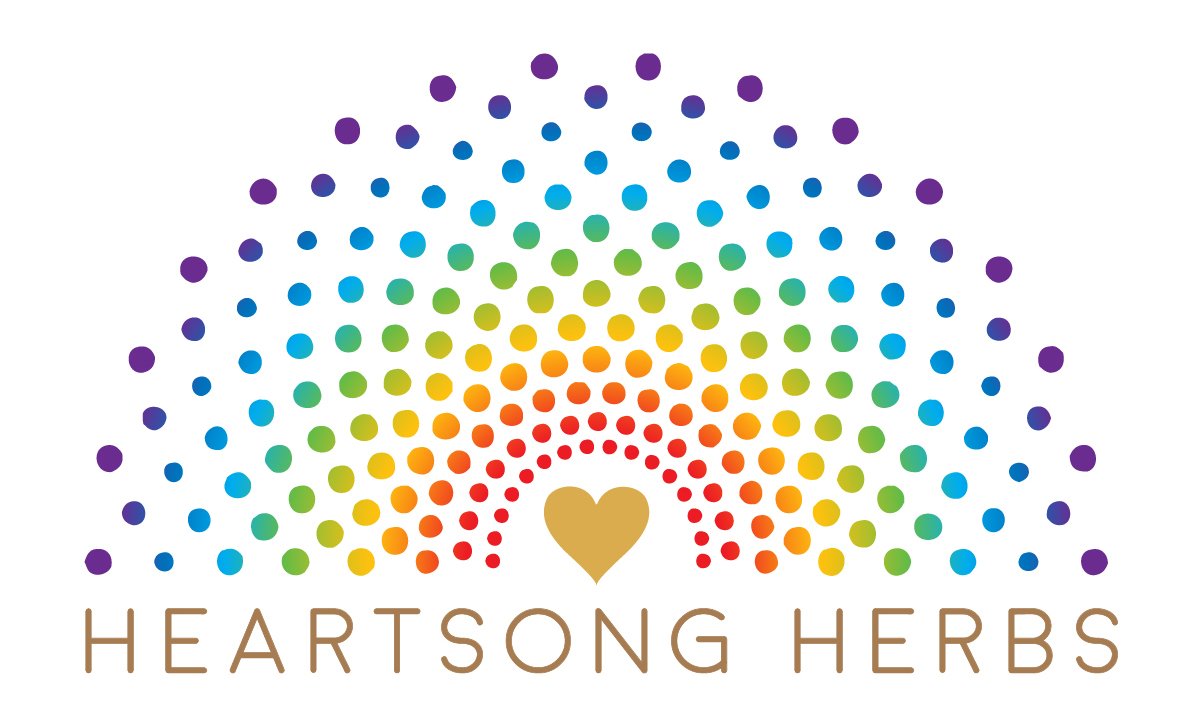Ginkgo Day Dreams
The golden beauty of a ginkgo tree in the fall is truly a wonder. It’s not just the vibrant yellow of the leaves that is so eye-catching; the delicate, fan shaped leaves seem almost ethereal. It’s no wonder that this unique tree was cared for and spared extinction by Chinese monks who tended the last of the ginkgo trees, from which all ginkgos are now descended.
Ginkgo is a slow growing tree, and its medicine works at the same pace, taking its time to work in the body. It’s interesting to note that oftentimes the sources of plant medicine that grow slowly also take their time working to heal our bodies; hawthorn is another example of this. Their medicinal actions in our body mirror their own energetic speed, much like a tree’s branches are a mirror of its roots underground.
One of the medicinal values of the ginkgo leaf is in its ability to move energy and blood through our bodies, increasing circulation in the smaller blood vessels throughout the body as well as bringing healing that enhances cognition and general brain function. The energy of this plant medicine is gentle and seems rather delicate, much like its leaves, but it is actually a powerful ally for treating many conditions that are affected by circulation, such as Reynaud’s syndrome. Because it encourages blood flow in the brain, it’s also a wonderful tool for helping to alleviate depression and low energy that are connected to stagnant energy and blood flow.
So the next time that you’re crunching around in those golden leaves, take note of how it makes you feel to be in their presence, to experience their singular aesthetic. Sometimes the most brief but intentional interactions are the ones that ultimately connect us to a plant and the gifts that it offers us.

